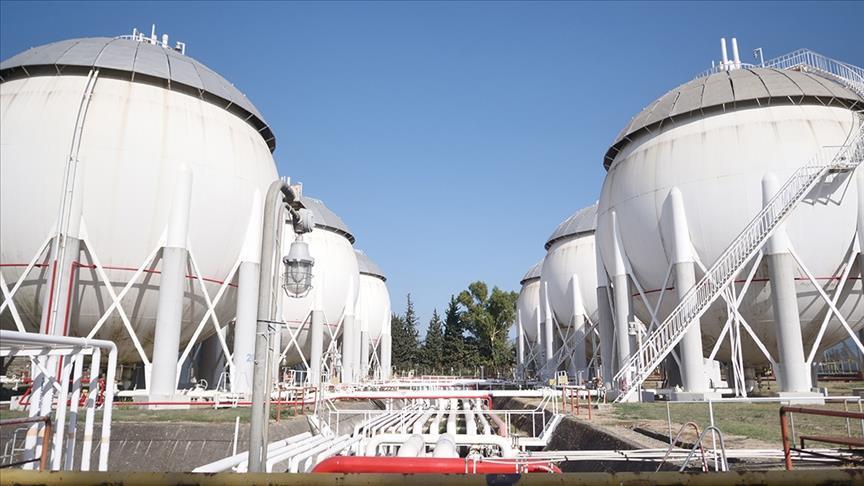Brent oil price lost more than 9.3% during the week ending Aug. 5, as supply shortage concerns, slower demand expectations and weak economic data weighed on prices.
Brent crude was trading at $94.17 per barrel at 12.30 p.m. local time (0930 GMT) on Friday, posting a 9.4% decrease from the Monday session that opened at $103.92 a barrel.
American benchmark West Texas Intermediate (WTI) registered at $88.52 per barrel at the same time on Friday, falling 10% relative to the opening price of $98.46 a barrel on Monday.
Oil prices slumped on Monday and extended losses on Tuesday, driven by bearish economic data from China, Japan and the US.
China’s Manufacturing Purchasing Manager’s Index (PMI) dropped to 49 from 50.2 in June, relative to the market expectation of 50.4.
Japan’s manufacturing activity in July was at the slowest rate in the last ten months. In the US, the July PMI hit 52.8%, a 0.2 percentage point decrease from June.
Oil prices fluctuated in early trade on Wednesday over an expected rise in US crude oil inventories in the world’s largest oil-consuming country and supply uncertainties ahead of a much-expected meeting of the OPEC+ group.
Signaling weak demand outlook, data released by the Energy Information Administration on Wednesday showed that US commercial crude oil inventories increased by 4.5 million barrels to 426.6 million barrels during the week ending July 29.
OPEC+ agreed Wednesday to increase production by only 100,000 barrels per day in September. Both Brent and West Texas Intermediate rose initially on Wednesday after OPEC’s announcement, as oil investors expected a bigger increase in production, but prices fell about 2% by midday.
Prices on Thursday continued the downward spiral, hitting six-month lows in intraday trading to $93.20 in the aftermath of the OPEC+ decision and with the unexpected rise in US crude inventories.
On Friday, economic data showing an economic slowdown and the prospect of a recession is also quelling oil price rises.

